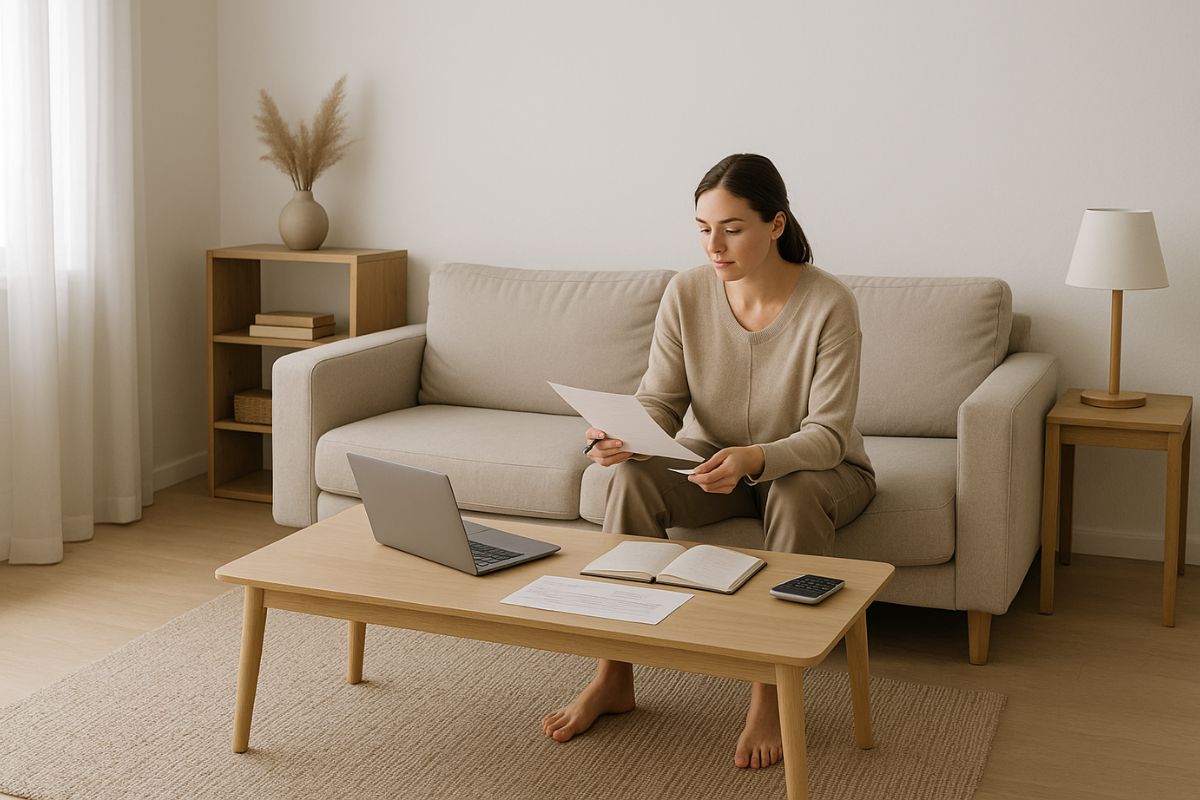Life gets busy, and stuff piles up. Clothes, gadgets, furniture, tools—it adds up quickly. The idea of minimalist living can seem extreme at first, but at its core, it’s about being thoughtful with what you bring into your life. And for many people, that thoughtfulness translates into real savings.
Minimalism isn’t just about having less. It’s about spending on what matters most and cutting out the things that drain your money without adding real value. It’s a lifestyle shift that can lead to a healthier bank account, less stress, and more time for what actually counts.
What This Article Covers
This post explores how living with less can lead to spending less. You’ll learn how minimalist habits help reduce impulse buys, lower housing and utility costs, and create better financial awareness. It’s not about deprivation—it’s about choosing with care and spending with purpose.
Minimalist living doesn’t mean throwing everything out. It means knowing what you need, using what you have, and being okay with skipping the rest. That shift can free up space in your home—and your wallet.
Fewer Purchases, More Savings
One of the first things people notice when they try minimalist living is how often they used to buy things they didn’t need. From daily coffee runs to impulse online shopping, those small purchases sneak in without much thought.
When you commit to buying less, you naturally start saving more. You stop chasing the next trend or filling a cart just to feel productive. Minimalism makes you ask a simple question before spending: Do I really need this?
That moment of pause helps you avoid spending money just for the sake of it. Over time, those skipped purchases add up to hundreds—if not thousands—of dollars in savings each year.
Smaller Living Spaces Cost Less
When you live with less, you don’t need as much room. That means you can get by with a smaller home or apartment, which usually comes with a lower price tag. Rent or mortgage payments drop, utilities shrink, and upkeep becomes simpler.
Less space also means fewer places to fill. You might skip buying that extra bookshelf, the second couch, or more wall art. That’s less money spent and fewer things to worry about later.
It’s not about living tiny. It’s about living right-sized for your actual needs. A space that fits your lifestyle without stretching your budget.
Less Clutter Means Less Maintenance
Every item you own takes up more than just physical space. It takes your time, attention, and often, money. You clean it, move it, fix it, or replace it. Even things you hardly use come with hidden costs.
Minimalism cuts down on that. When your home is filled only with what you use and enjoy, upkeep gets easier. You spend less time cleaning, less money on repairs, and fewer weekends running errands for stuff you barely touch.
This frees up energy for things that matter—like quality time with family, a hobby you enjoy, or just a little peace and quiet.
Better Habits Around Spending
Minimalist living trains you to be more intentional. You start noticing how marketing pushes you to want more, how trends come and go, and how easy it is to confuse wants with needs.
This mindset shift changes the way you spend. You stop shopping out of boredom or stress. You start setting clearer goals for your money. You focus more on experiences or future security, and less on collecting things.
It’s not about becoming strict or joyless. It’s about becoming mindful. And mindful spending tends to leave you with more money at the end of the month.
Avoiding Duplicate or Unused Items
When you own fewer things, you know exactly what you have. That reduces the chance of buying duplicates or items that sit untouched for months.
How many times have you bought something only to realize you already had one tucked away? Minimalism helps prevent that. It encourages better organization and deeper appreciation for what you already own.
This also means you’re more likely to take care of the things you do buy. One well-loved item often lasts longer than a pile of forgotten extras.
Thoughtful Upgrades Instead of Constant Replacements
Minimalists tend to spend more on quality and less on quantity. Instead of buying a new cheap backpack every year, you invest in one that lasts five. Instead of chasing tech fads, you upgrade only when needed.
This approach may seem more expensive at first, but it saves money in the long run. You replace things less often, repair them when needed, and avoid the cycle of constant upgrades.
Over time, this kind of buying habit leads to a stronger financial foundation—because you’re not always chasing the next fix or falling for the latest hype.
More Room to Save and Invest
When your spending goes down, your financial options go up. You have more room in your budget to pay off debt, build an emergency fund, or invest in your future.
Minimalism helps you see what’s possible when you stop spending by default. It doesn’t promise wealth overnight. But it does open up space—mentally and financially—for choices that build long-term security.
That may mean finally putting away money each month, contributing more to retirement, or saving for something meaningful instead of buying something forgettable.
Minimalist living isn’t about getting rid of everything. It’s about making space for what truly matters—and spending your money in ways that reflect that. When you focus less on stuff and more on purpose, saving money becomes a natural part of how you live, not just something you try to force. It’s not about having nothing. It’s about having enough—and finding peace in that.
